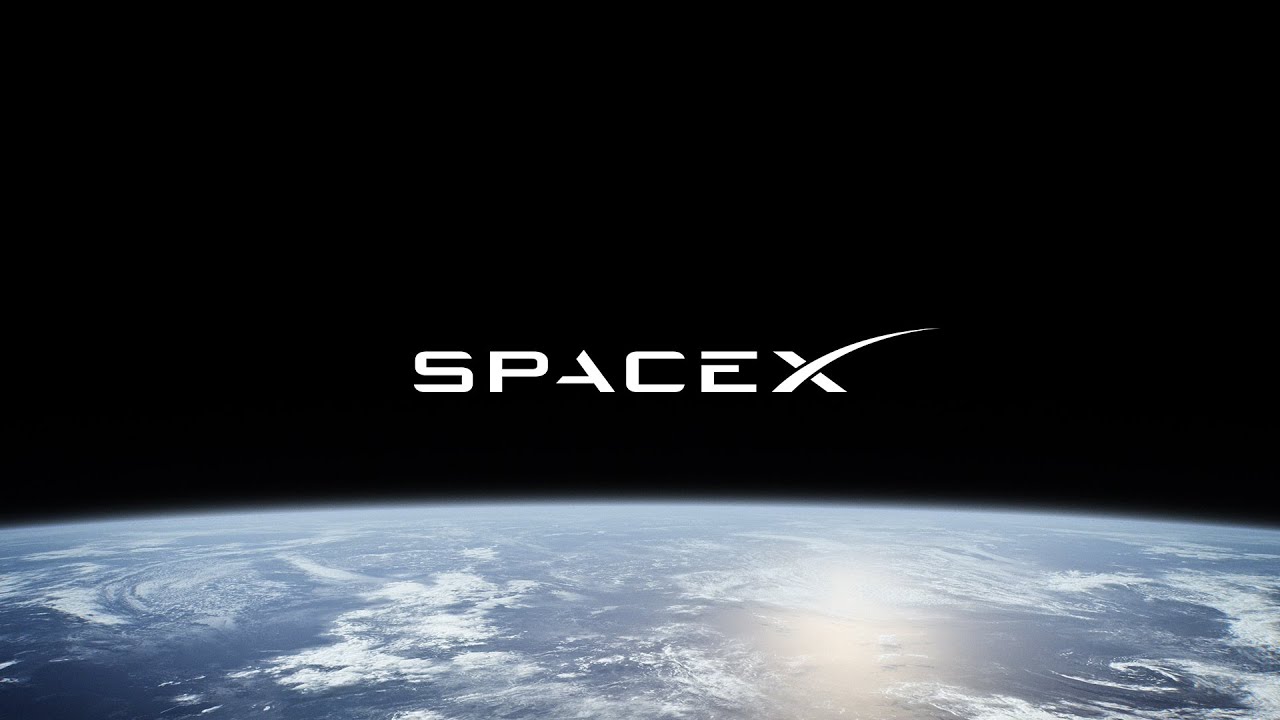SpaceX plans to launch 54 Starlink satellites into Group 5, with an eventual 530 km circular service orbit at 43° inclination, on 2023-07-16 at 03:50 UTC. The launch will be from Space Launch Complex 40 at Cape Canaveral Space Force Station in Florida. The first stage booster, B1060, will be making its sixteenth flight, after a turnaround time of 192 days since its last mission. Weather is forecast as 85% favourable for launch.
If successful, booster B1060 will join B1058 as the fleet leader with 16 launches and landings. The turn-around time between flights 15 and 16 for B1058 was 205 days, and for B1060, 192 days if launched on time. This may indicate that SpaceX is performing a major overhaul on boosters after 15 flights, which requires more time in the shop.
Here is a pre-flight preview from Everyday Astronaut.
4 Likes
The launch attempt on 2023-07-14 was scrubbed when “Hold, hold, hold” was called at 40 seconds before liftoff, while the automatic sequencer was running. The launch has been rescheduled for 2023-07-15 at 04:15 UTC. The cause for the cutoff and scrub has not been announced.
I have updated the main post for the new launch time and Webcast of the launch.
2 Likes
After the scrub on the 2023-07-14 first attempt, SpaceX decided to perform a static firing of the Falcon 9 booster, presumably to verify that whatever caused the cutoff at T−40 seconds was now fixed. With this test firing completed, the launch has been rescheduled for 2023-07-16 at 03:50 UTC. I have updated the main post accordingly.
4 Likes
The launch at 03:50 UTC on 2023-07-16, booster landing, and delivery of the 54 Starlink satellites to their initial orbit was a complete success. Spaceflight Now provides additional information and notes two milestones accomplished by this flight in “SpaceX launches second Falcon 9 booster on a 16th flight”.
It was the second launch attempt for this mission after a scrub during the final minute of the countdown early Friday morning. SpaceX said Saturday that the hold was caused by elevated oxygen levels in one of the nine Merlin engines on the first stage. The company pushed back the next launch attempt by a day and conducted a static test fire early Saturday morning to clear the rocket for flight. During the test firing the Falcon 9’s nine Merlin engines ignited at 12:50 a.m. EDT (0450 UTC) and fired for about ten seconds while the rocket was held down on the launch pad.
In tweets, the following was added:
The Starlink 5-15 mission will be the final launch of the older generation v1.5 Starlink satellites.
SpaceX is working to certify the Falcon 9 boosters for to 20 flights, up from 15.
So, from now on, all Starlink launches will be of the “V2 mini” configuration, a larger, heavier, and higher bandwidth satellite scaled down to fit in the Falcon 9 payload fairing. Due to the increased mass, only around 22 of these satellites can be launched per flight. This is a scaled down version of the 2000 kg v2.0 Bus Starship version designed to be launched by Starship, but is said to provide three to four times the bandwidth per satellite of the operational v1.0 and v1.5 satellites.
4 Likes
How can educational institutions get decommissioned Merlin engines?
2 Likes
